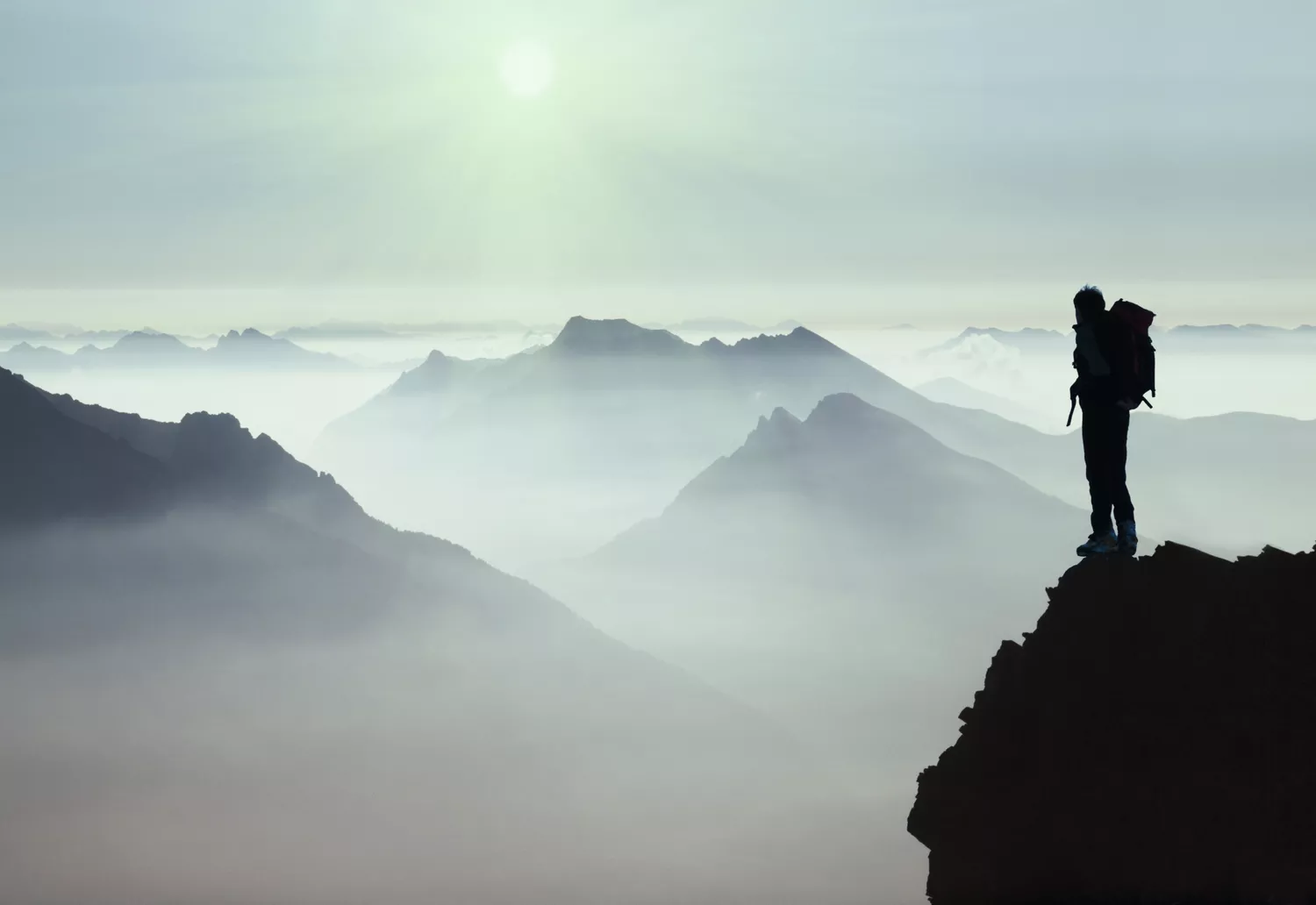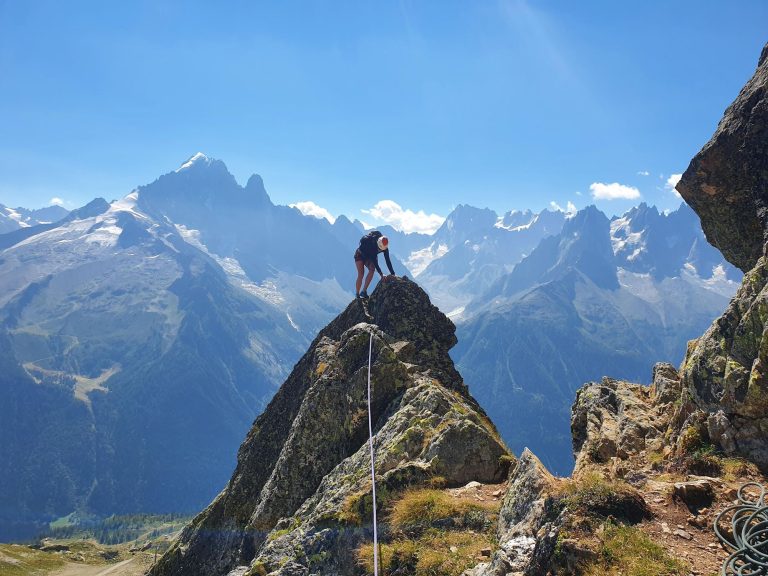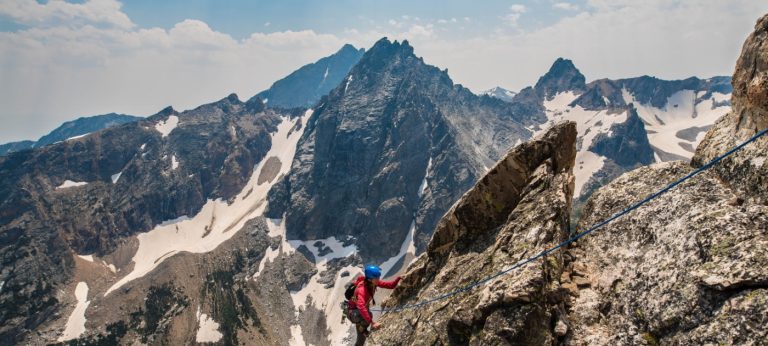Mountain Climbing: What Is It?
The sport of mountaineering involves scaling mountains; it’s all about taking on obstacles and overcoming them in order to place hands and feet on rocks, ice, and snow and eventually reach a summit. The climber can stop there, perched high above the world of towns and society, and gaze out over a world dominated by nature and her unadulterated beauty.
Mountaineering, also known as alpinism, is simply tough and difficult trekking up steep rocky slopes, talus fields, and along airy ridges dotted with outcroppings in the high mountains. It also involves climbing mountains the hard way with an ice axe, crampons, cams, and rope.
Challenges Are Everywhere
Lots of people who would never think about rock climbing and its perils enjoy climbing or hiking up mountains throughout the United States, finding their challenges on Colorado’s Fourteeners or 14,000-foot peaks, Washington’s Mount Rainier, California’s Mt. Whitney, the 4,000-foot peaks of New York’s Adirondack Mountains, or Old Rag Mountain in Virginia’s Shenandoah National Park. Farther afield are easily climbed peaks like Mount Kosciuszko, the highest point in Australia, and Mount Kilimanjaro, the summit of Africa.
The World’s Hardest Peaks
Other climbers aspire to stand atop ice-bound peaks in the world’s highest mountain ranges—the Himalayas, the Andes, the French Alps, Denali, the Canadian Rockies, and the remote ranges of Antarctica. These climbers risk life and limb to thin air, frostbite, bone-chilling cold, hypothermia, avalanche, and high wind to reach some of the world’s highest summits like the 14 mountains in Asia that rise above 8,000 meters.
Climbers Need to Be Competent
To climb these mountains, mountaineers must be competent in both rock and ice climbing techniques; able to understand snow, glacier travel, and forecast weather; and above all, they must have good judgment and common sense to stay not only safe but alive.
The Dangers
Mountain climbing, like rock climbing, is a risky activity and not to be taken lightly no matter how easy or benign your chosen peak might seem. Looks can be deceiving. The mountains are filled with danger and drama. Lightning strikes can stab out of a clear sky. Thunderstorms quickly form and drench you with rain and sleet. Rockfall and avalanches sweep down mountain faces. Difficulties can slow you, forcing you to bivouac in the open. You or your climbing partner can have an accident, causing all kinds of complications.
How to Learn
If you’re a novice and inexperienced in the ways of the mountains, then it’s wise to go with more experienced companions or a guide. You can learn from them what it takes to be safe in the mountains so you can return another day for a new adventure.
The Mastery of Hardships
The mountains draw climbers who love the natural world and possess an adventurous spirit. To reach the summit of a mountain peak is not always easy, but it always seems worthwhile. It always seems worth the effort to stand atop a mighty peak and look across the world with the eyes of a soaring eagle. It’s at those precious mountain moments that you will remember Helen Keller’s admonition: “A happy life consists not in the absence, but in the mastery of hardships.”



